Research: Years 1-4
Phase 1: Research
This history requires significant and varied research. In the Research Phase (Years 1-4) of the project, our team is organized into “Research Clusters.” Each cluster takes its own approach to this history, and together they enable our team to tell the fullest possible history of the dispossession of Japanese Canadians.
COMMUNITY RECORDS AND DIRECTORIES
The Community Records and Directories research cluster will collect, digitize, integrate, and analyze community records, directories, and photographs. The work will be led by Beth Carter, who will help to identify pertinent archival records and solicit new relevant materials at the Nikkei National Museum (NNM), and Stewart Arneil, who will oversee digitization and database construction at the Humanities Computing and Media Centre (HCMC) at UVIC. This cluster will process city directories for the study sites, starting with the directories for 1941-1942, just prior to the uprooting of the Japanese Canadian population, and for 1949, when restrictions on Japanese Canadians were lifted. This directory information will be linked to and checked against materials produced in the Historical GIS and Land Title research clusters, allowing our analysis of the study sites to include information on home ownership, renters, and local commerce. Having completed this profile of the study areas before and after dispossession, the cluster will process other materials, including photographs, community records, and Japanese Canadian community directories.
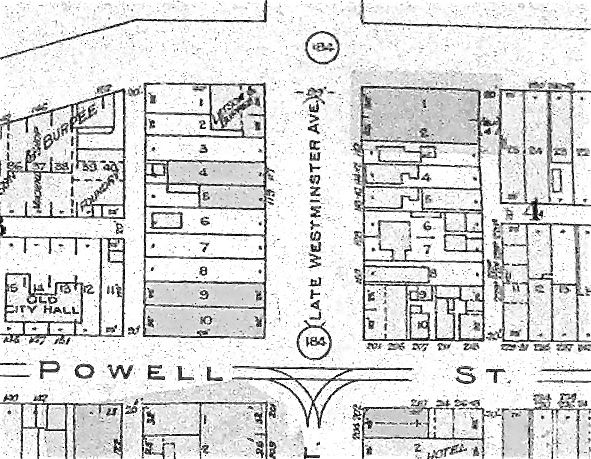
Our Land Title and Local Government research cluster combines land title and archival research, enabling our team to address previously unanswered questions: Who bought the properties, and how did these purchasers benefit? What became of the places that had previously housed Japanese Canadians, as the sales played out on the ground? We will conduct title searches in four sites of study: (1) Vancouver, which prior to the dispossession included the oldest and largest Japanese Canadian enclave (in the present-day Downtown Eastside), as well as Japanese Canadians whose homes were dispersed throughout the rest of the city; (2) Fraser Valley farming communities in Maple Ridge; (3) Steveston, where a large Japanese Canadian settlement surrounded the fishing industry; and (4) Salt Spring Island, where the dispossession tore through a small community. In all, this cluster will create unprecedented research infrastructure, analyze the impacts of the dispossession policy, and chart its transformation of specific sites in British Columbia.
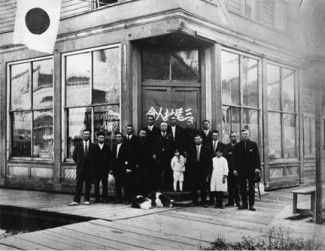
The Oral History research cluster, led by Sugiman, will incorporate the voices of Japanese Canadians into this project as well as the perspectives and memories of bystanders and witnesses. Unlike most previous interviews surrounding the internment and dispossession, we will focus on the topic of property. Interviewers will ask what was lost in the dispossession, but also what was saved: What did Japanese Canadians preserve for future generations? We will explore the transmission of knowledge from one generation to the next, collective and family memory, the reverberations of these events across multiple Japanese Canadian generations, and the role of gender, and other social categories, in shaping the processes of family and historical memory. Our team will combine interviews of the perpetrators, beneficiaries, and witnesses of historical injustice with interviews of its victims, joining scholars who have turned towards similarly multi-vocal explorations of the memories and legacies of traumatic historical events. Our team knows the value of oral history as historical evidence, but also as powerful human testimony. We recognize the need to hear these voices while the people most affected by the dispossession remain alive.
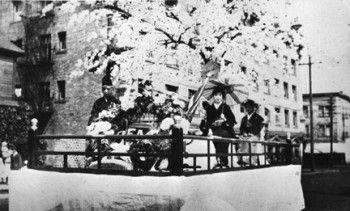
This cluster will develop a website, hosted at UVIC, that enables researchers to access the data collected in Phase 1 and provides necessary contextual material for their use. The principle aim of this website is to foster future scholarly research, but it will also be accessible to a public audience and community historians. Students in this cluster will work with technical specialists of the Humanities Computing and Media Centre (HCMC) to develop user-friendly interfaces for users to download materials from the databases developed by the Legal History, Land Title, and Community Records and Directories clusters. This site will launch at the conclusion of the project, at an event held in conjunction with the RBCM finale museum exhibit.
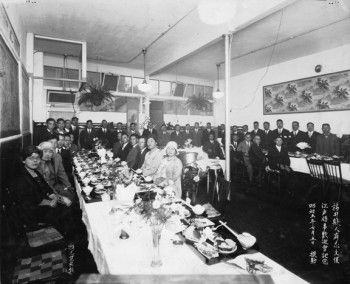
The Legal History research cluster will conduct research into legal historical sources on the dispossession of Japanese Canadians. This includes legislative enactments (orders in council, statutes, bylaws) relating to Japanese Canadians and issued by the federal government and the local governments; the initial registry of Japanese Canadians; the uprooting, internment, forced dispersal, and deportation; restrictions on freedom of movement; and the loss of other property, such as fishing vessels and personal belongings. These enactments will be contextualized by tracing the broader political and social forces that produced and challenged them through newspaper research revealing public discussion of these regulations. We intend to situate this experience in relation to other British Commonwealth jurisdictions and the U.S. by examining divergences and convergences in constitutional context that both distinguish the Canadian experience from elsewhere and link it to a wider history of wartime dispossession.
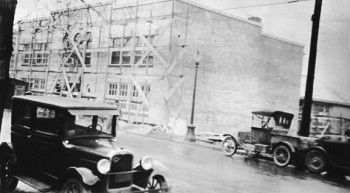
The Historical GIS research cluster will develop a spatial database that links the data collected by the other research clusters to “base maps” of the four study sites. This spatial database will serve as the basis for creating detailed geovisual representations and spatial analyses of changes in property ownership and the ethnic composition of neighbourhoods, as well as for georeferencing the locations associated with oral histories, historical photographs, and related qualitative and quantitative materials as different “layers” on interactive maps within a geographic information system (GIS). Identifying and scanning existing archival maps of the study areas, the GIS cluster will carry out, present, and publish spatial analysis.
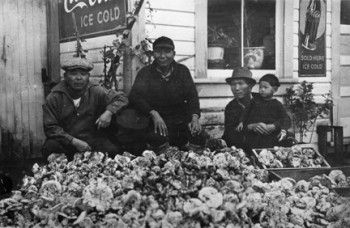
Acting as a bridge between Phase 1 and Phase 2 of this project, the Knowledge Mobilization cluster aims to initiate the dissemination of research through four main approaches: (1) annual Summer Institutes, an intra-cluster forum for presenting methods and results to the entire team; (2) knowledge exchange with the wider Japanese Canadian community; (3) a Project Symposium, at the conclusion of the research phase; and (4) facilitating scholarly presentations and publications in the final 2 years of both phases.






